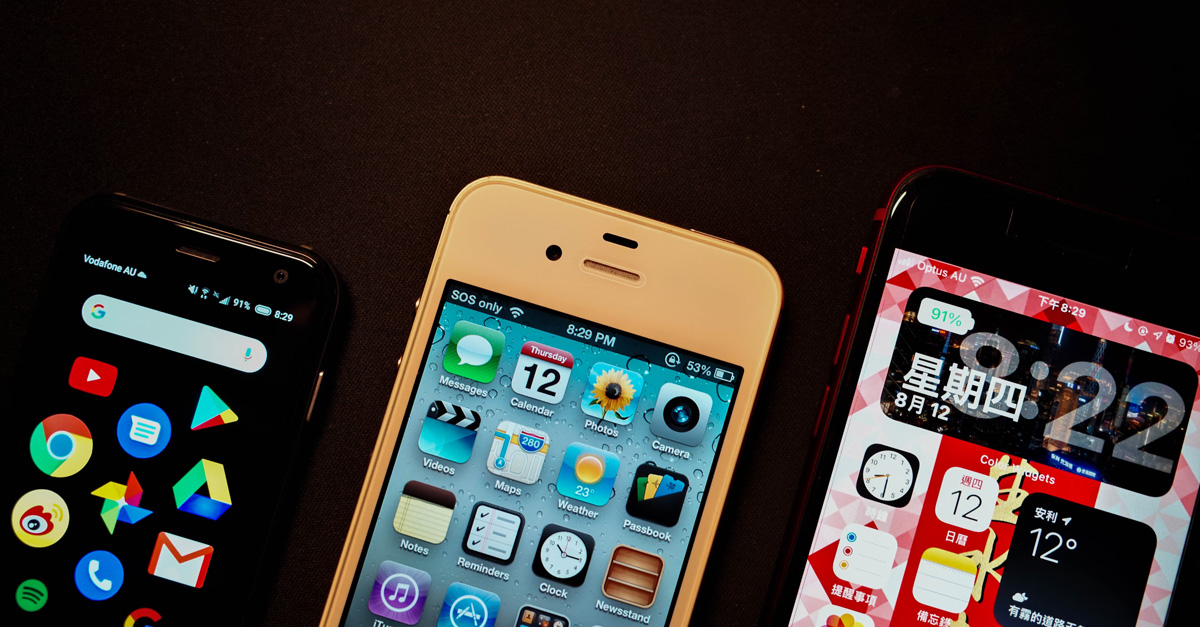
Choosing Between BYOD and Provisioned Devices in Trials
The choice between allowing participants to bring their own device (BYOD) or providing them with a pre-configured one is not just technical. It reflects deeper questions about the type of data you need, who your participants are, and how much control you want over the study environment.
Use Cases Where BYOD Works Well
- Low-risk studies
- Observational designs
- Studies with younger, tech-savvy populations
- Trials requiring frequent, simple inputs (like daily symptom scores)
Benefits of BYOD:
- Participants are already comfortable with their device
- Fewer logistical challenges around shipping and tracking
- Lower costs in many cases
But be cautious when:
- The study involves time-sensitive interventions
- Participants may not have reliable internet or up-to-date phones
- App compatibility across devices could cause variability in experience
Provisioned Devices: A Better Fit When…
- You need standardisation
- The software requires high performance or specific operating systems
- Your population may be less familiar with apps
- Data needs to be collected passively or with background sensors
Upsides:
- Control over what is installed
- Pre-configured settings prevent setup errors
- Easier technical support (since devices are uniform)
But also consider:
- Cost, shipping, and returns logistics
- Potential participant reluctance to carry a second device
- Lost or damaged devices increasing administrative overhead
Decision Framework
Ask these three questions:
- What’s the minimum data you need, and how often?
- Who are your participants, and what do you know about their digital access?
- What level of support are you equipped to offer?
Hybrid Models Are Also Viable
Some trials offer BYOD by default but ship a provisioned device to those who request one. This approach adds flexibility without forcing one model on everyone. It also helps manage equity. Not all participants have access to modern smartphones or reliable data plans.
There is no universally right answer. BYOD can increase comfort and reduce waste. Provisioned devices offer control and consistency. The best choice is the one that aligns with your population, protocol, and operational reality.
Use the contact form here or email us at hello@trialflare.com














